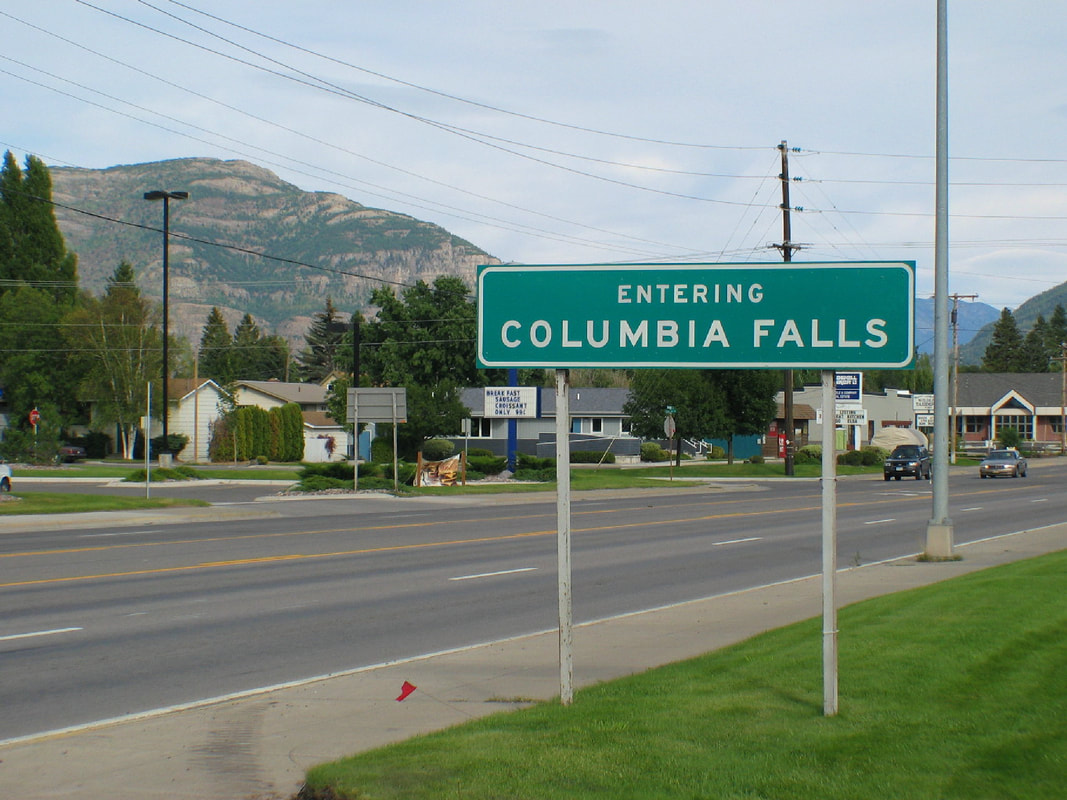|
Following are FAMB's comments on the Crystal Cedar EA.
July 2, 2019 Dear Ms. Canepa, Please accept these comments from the Flathead Area Mountain Bikers (FAMB) regarding the Crystal Cedar environmental assessment. FAMB strongly supports the proposed action and the recreational aspects of this project. As we have stated in previous comments, the proposed network will provide something that is needed in Columbia Falls area, and it will be a tremendous resource for the community. Without diminishing FAMB's support for the project, there are a number of points we would like to make. First, we feel the proposed action is missing an opportunity to address current and future use issues by declining to incorporate mountain bike specific trails. For the recreational aspects of this project, mountain bikers have been heavily involved in the project from the outset. It was members of FAMB and the International Mountain Bike Association that met with Chip Weber years ago to discuss the possibility of trails in the Columbia Falls area. It was FAMB that carried out many of the early discussions with the Forest Service about this project. And when FAMB passed the torch to the Gateway to Glacier group to help lead the public outreach for this project, it continued to be mountain bikers that were the most heavily engaged and involved. There is a reason that mountain bikers have been so heavily involved: it's because, despite mountain bikers being one of the largest user groups in the area, there are very few trails in the Flathead Valley that actually cater to bikes. Multi use trails aren't bike trails, and ultimately, multi use trails are perfect for no one. While we understand the efficiency of building one trail for all user groups, given that mountain bikers have put a tremendous amount of work into this project, it seems clear that the interest exists to support the construction trails that are specifically designed with bikes in mind. Similarly, there is plenty of evidence on trail networks elsewhere in the valley as to the user conflicts that will exist if all users are directed onto non-directional, non user specific trails near trailheads. The trails within a mile of a trailhead will see considerably more use than the rest of the network, and as stated in our prior comments, we feel that additional trails that separate user groups in the area of the 4th Ave Trailhead are worthwhile. As the network is currently envisioned in that area, frequent user conflicts are likely. Other networks in the valley are being modified to address this sort of issue by adding trails in the vicinity of the trailhead and separating users, so it seems illogical to not address the issue from the outset in this network. Beyond these concerns, there are a number of areas where we feel the EA could be improved. First, on page 103, we feel that the EA overstates the current state of frontcountry summer recreation. The EA states "National Forest System lands in the project area currently offer a variety of frontcountry summer and winter recreational opportunities, including, but not limited to, dispersed camping, hiking, mountain biking, snowshoeing, motorized trail riding, snowmobiling, and Nordic skiing." This is not true. There is virtually no frontcountry recreation on the National Forest in the Columbia Falls area. The only trailhead in the immediate vicinity is the Columbia Mountain Trail, which is a singular trail that offers limited opportunities. The next closest trails would be those on Whitefish Mountain Resort, which aren't actually all that close to Columbia Falls, and many of which require paying for a lift pass. Outside of the Columbia Mountain trail and the WMR trails, there are few, if any trails or trailheads on Forest Service land that could be categorized as "frontcountry" within a 45 minute drive of the project area. On page 12 of the EA, Table 3, we would like to see the trail class designations of trails TR05, TR06, TR08, and TR10, be changed to class 2/3 (i.e. leaving the option open to make those trails fit either class 2 or class 3). This allows greater flexibility in the final design and construction of the trails in two respects. First, it would allow the trails to be built in a manner that created a defacto direction of travel. For example, if TR07 is built as a machine built trail with a 6% grade, and TR08 is a more natural, hand built trail with a 10% grade, the flow of travel for the vast majority of higher speed bike traffic will be to ascend TR07 and descend TR08, which benefits all users by creating a predictable pattern. Trail TR07 already has this flexibility by showing trail class 2, built for pack and saddle. But TR08 does not, and thus it may be more difficult for the trail builder to actually construct the trail in the most rational way. In this regard, and to reiterate a point from FAMB’s prior comments, the southern portions of TR07 should be built so that bicycle traffic on it is primarily in the uphill direction, with descending bike traffic routed to TR08 or the northern extent of TR07. Most likely, horse and foot traffic will use TR07 as an “out and back,” going to the view point at the top of the ridge, and then returning down the trail, at least to the intersection with Road 10810. Given that type of use, it is logical to direct higher speed descending bike traffic away from that trail. If bike traffic is directed down the southern portion of TR07, there will almost certainly be frequent conflicts with other users. The best way to avoid that is to build a bike only descent down the southern face of the ridge, as FAMB suggested in its prior comments. But if that’s not an option, at the very least, TR07 and TR08 should be built with a directional flow in mind, and changing the trail class of TR08 is one step in that direction. Similarly, a more natural, rougher trail will effectively slow mountain bikes down. While there are quite a few methods for reducing bike / wildlife conflicts, this is one method that is effective and can create more interesting, enjoyable trails for the riders. Additionally, short, steep pitches can actually have the effect of slowing riders down - riders perceive the change in pitch as an obstacle and approach it more hesitantly. As it is currently written, the EA emphasizes clearing vegetation to increase sight distances in order to reduce wildlife conflicts. And while clearing vegetation and increasing sight distances is certainly useful in reducing wildlife conflicts, long sight distances also often allow bikers to achieve higher rates of speed, which may not be desirable due to wildlife and user conflict concerns. Building an arbitrarily tight, turny trail can reduce that issue, but it comes at the cost of making the trail significantly less enjoyable to ride. The BLM’s Guidelines for a Quality Trail Experience (attached) does an excellent job of discussing this dynamic and laying out the design criteria that make for an enjoyable trail that riders will want to use repeatedly. But many of the design elements discussed in that document would be hindered by a trail class 3 designation - more options are left on the table with a trail class 2 designation, that allows for a rockier, rootier trail with more obstacles to slow traffic down. Finally, we feel that the EA should be more explicit in stating that the map of the trails is intended to show the general layout of the network, and the final location of the trails may be different. Final trail layout would be dictated by terrain, trail class, designed use, and a wide variety of other on-the-ground factors, and thus the layout may change significantly from the precise locations shown on Map 2. Thank you for your time in considering these comments. FAMB looks forward to working with the Forest Service to implement this plan and build out a trail network that will serve the recreating public at large, and mountain bikers in particular. /s/ Erin Bodman President, Flathead Area Mountain Bikers
1 Comment
Leave a Reply. |
About UsFlathead Area Mountain Bikers, a 501(c)(3) nonprofit, is working to promote mountain biking and improve trail access in the Flathead Valley. Archives
June 2024
Categories |


 RSS Feed
RSS Feed
